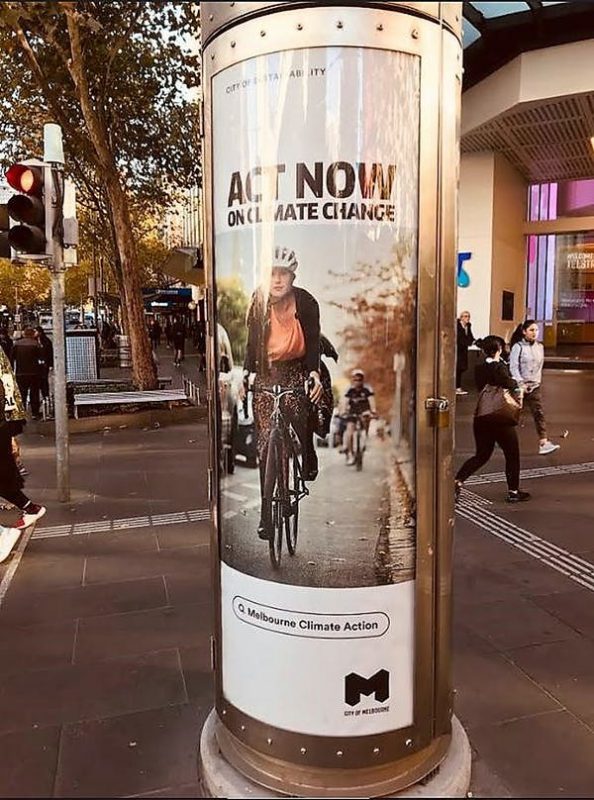How advertising can repurpose itself to serve cities in more sustainable ways
Brands need to create ads that serve their cities and the people (or citizen-consumers) within them, argues RMIT’s Sergio Brodsky in this crossposting from The Conversation.
Noisy, ugly and dirty. Advertising has polluted cities, annoyed consumers, and jeopardised its own existence. Beyond a mass-media cacophony, brand communications’ significant carbon footprint and runaway consumption are certainly contributing to what economists call market failure.
In the UK, for instance, advertising produces 2 million tonnes of carbon dioxide emissions a year. That’s equivalent to heating 364,000 UK homes for a year, according to CarbonTrack.

Advertising, even when not promoting consumption, creates an environmental cost because of its emissions. Author provided


This article makes it very clear why you don’t work in the industry. It’s pseudo intelligent unsupported blah.
We’re in the business of building brands and businesses. The examples you cite are PR stunts that’s it.
You can’t sustain a business on that kind of ‘advertising’. Dominos wouldn’t get into the pot hole fixing business because they are simply much smarter than that.
I think you’ll find Sergio has clocked up some good years in the industry (in strategy nonetheless) and your attempt to discredit him simply based on one article that you disagree with begs the challenge:
who the f**ck are you and why should we listen to you
(probably a 25yr old pseudo intellectual hipster)
Put your energy into a positive conversation. Ask RUOK? today.
What a great initiative from Dominos. This is not only sustainable advertising, but also clever advertising. They’re creating such a positive brand image in the community and building relationships which will only lead to customer loyalty.
In regards to the above comment, sometimes PR stunts have huge marketing pay offs.
Better idea – close corporate tax loopholes and use that revenue to fund the development/maintenance of infrastructure. Marketing thought bubbles aren’t the solution to everything…
Good stuff @Sergio Brodsky. With the Edelman Trust Barometer at the very least an indication that the customer in the world wants brands to do more for the world, and has the power to do more this is right on track in my books. Conscious capitalism is just sustainable business for the future ultimately. There is no reason why the commercial focus of a PR stunt can’t do good at the same time. Dominos could have done some other stunt that cost the same and had the same exposure, so good for them for doing something the people need and want in the process. Showing what their values are is a brand job too. Good stuff. I think the only unsupported argument here today is the one from @Clear above. There is plenty of data and precedence overseas with Benefit Company (or similar) structures that prove that purpose driven business is a commercial success and there’s plenty to prove the public want it, and the company’s own employees want it too. If people think that purpose driven brand work is not viable or a fad, you are sadly the ones out of touch and out of date.
Some lovely thoughts in this article. Explore ways to create value for clients and the world and everyone wins.
In previous UBU articles and keynotes I do acknowledge the fact that most branded utilities are indeed stunts and the circular revenue model is a response to that. And no Domino’s would not enter the pothole fixing business. Paving for Pizza is a program that strengthens their positioning- making pizza delivery as seamless as possible. That said, the creation of shared value is real and that is a paradigm shift in advertising. Same for Sberbank. Many more cases with hard data proving the point.
And perhaps, for an industry at the bleeding edge of culture and waiving the flag of innovation so highly it’s funny how much resistance there is when something actually innovative is presented.
Here’s a paper I wrote for the Berlin Marketing Journal that focuses more on the agency perspective: https://issuu.com/heliosmedia/docs/bmj_2017